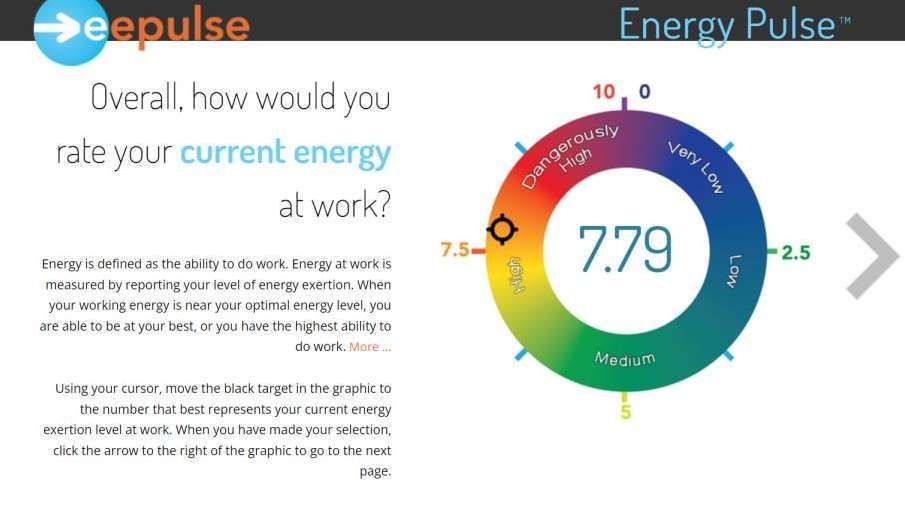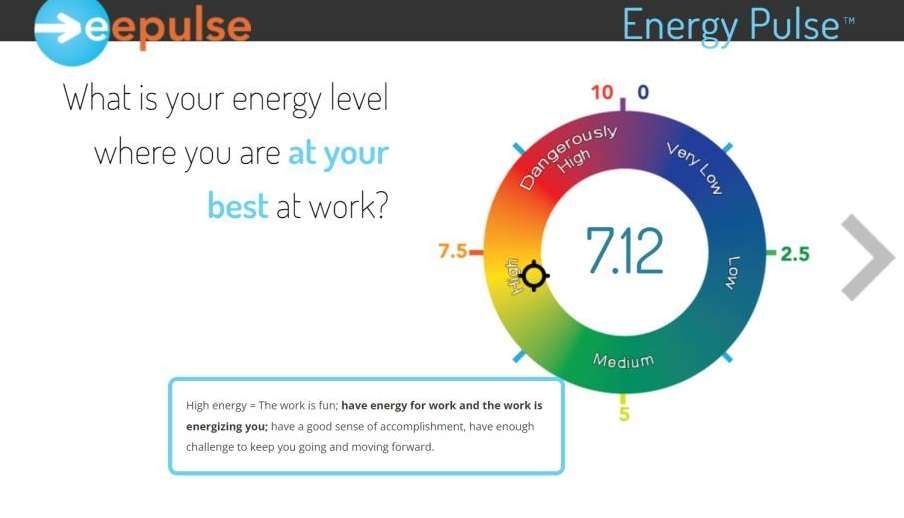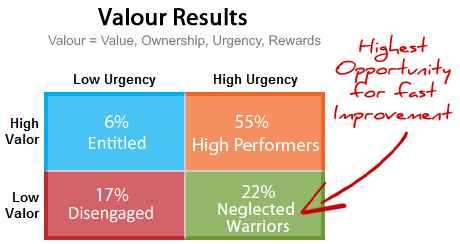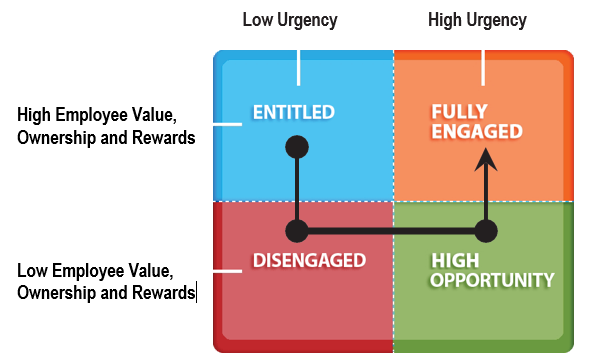Metrics
Metrics
eePulse works with clients to develop a unique metrics strategy that supports the organization's goals and objectives. eePulse has developed new models for survey usage within organizations. On-line project management tools that include information on the metrics strategy are used by the project team.
eePulse's metrics strategy is horizontal vs. vertical.
Vertical - find all the questions you want to ask and stack them up; this makes the survey long and painful to take. It also delays the action-taking process because it takes so terribly long to analyze the data for insights.
Horizontal - spread out your questions. Use a lot of different question types. Some examples include influence questions, validated questions, user-initiated questions, open-ended comment questions, and eePulse's numerous validated questions. Some questions are used to create new lenses to view the data. Examples include the change lens, employee value exchange proposition 9 box, the valour pulse reports, and energy zone reporting.
Customized Metrics Strategy
Trend Data, Iterative Question Strategy, Custom Program To Support Organization's Strategy For Individual Employee Learning As Well As Manager And Leader Insights
- Energy Pulse
- Valour Pulse
- Direction Pulse
- Daily Energy Pulse
- Diversity Pulse
Valour Pulse
The term Valour is an acronym, which represents the keys to high performance. The Valour Pulse questions come from a large-scale study of the predictors of firm performance. VAL - stands for value, feeling valued by peers and managers, 0 - sense of ownership in job and company, U - sense of urgency and R - rewards. Research showed that sense of urgency was the unique variable, and numerous statistical models predicting performance resulted in the use of the 2x2.
Valour consists of 15 questions that measure the balance between Valor (value, ownership and rewards) and urgency. Research into drivers of firm performance shows that the balance between Valor and Urgency predicts performance.
These 15 quantitative questions coupled with a comment question helps managers understand their team's current thinking regarding the company and team's work environment.
This shows the direction of the intervention with the black arrow. For those in the entitled group, you first have to lower their value, ownership and rewards. By doing this, you instill a sense of urgency for change. Our experience to date with clients shows that urgency is more difficult to manage and change than val-o-r. We have not, to date, met an organization or manager who can move the entitled person from entitled to fully engaged without the intervention suggested in Figure 3 (first lowering val-o-r). That's because the entitled individuals are accustomed to getting rewarded for not doing much at work. Why would they change? They need a burning platform, or some incentive to move, and that does not come from giving them more rewards.
Direction Pulse
Measuring the understanding of individual and team priorities and objectives, understanding the company strategy and direction and the link from individual priorities to company strategy
Do your employees know their individual and team goals and objectives and priorities? Do they understand the organization's strategy and how their priorities link with the overall strategy?
Daily Energy Pulse
Used for a re-emerging campaign OR run before conferences, training programs, and more. - for universities that want to help students thrive.
We use the Daily Energy Pulse to help individuals reflect on what affects their energy and help managers understand how to help employees maintain an optimal energy level at work.
Diversity Pulse
ERG annual benchmarking survey - research partner for the diversity impact awards and DEI surveys with clients.





